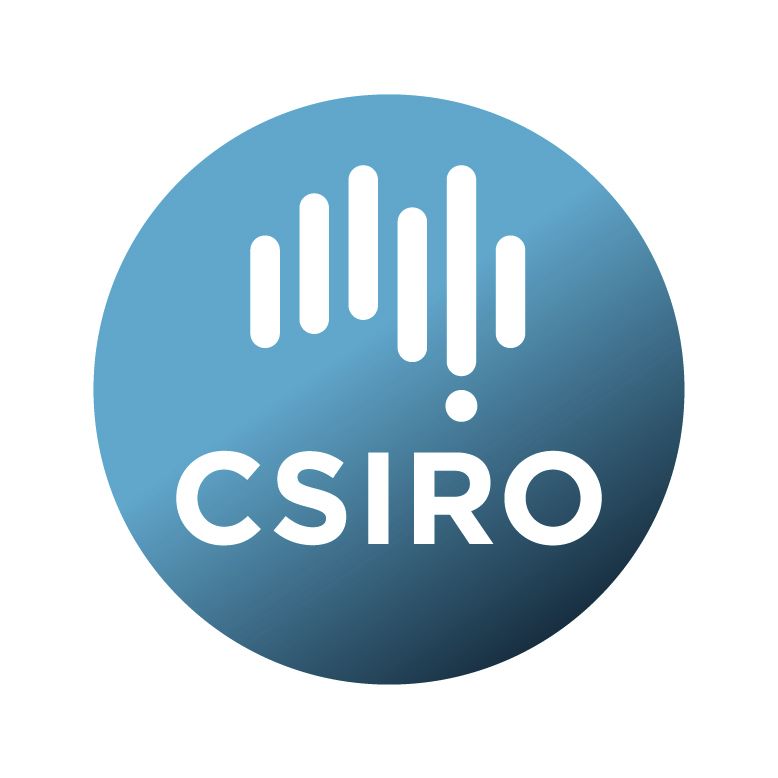Brief description
Chloride deposition (kg/hectare/year) gridded at a resolution of 0.05° x 0.05° across Australia, in GeoTiff format.This collection supersedes https://doi.org/10.4225/08/545BEE54CD4FC
Also included are results from a Monte-Carlo analysis indicating the uncertainty in the chloride deposition: standard deviation and skewness of deposition and log10(deposition), and 5th and 95th percentile of deposition, all in GeoTiff format. In these files chloride deposition has units kg/hectare/year.
The dataset can be used for various purposes including: estimating groundwater recharge through the use of the chloride mass-balance method; catchment salt balance estimates; regional investigations of groundwater hydrochemistry; and, corrosion prediction.
Lineage: 367 chloride deposition-rate measurements at points within Australia are upscaled to the entire continent on a regular 0.05° grid. The method of Davies and Crosbie (https://doi.org/10.1016/j.jhydrol.2018.03.051) is used. The upscaling uses a double-exponential correlation between deposition rate and distance to the coast, where the parameters in the double-exponential are spatially varying. These parameters are estimated using least-squares with Tikhonov regularisation to ensure minimal spatial variability. A calibration-constrained, null-space Monte-Carlo analysis is used to quantify uncertainty in the prediction. The resulting dataset consists of the best-fit chloride deposition rates across Australia, as well as estimates of uncertainty.
This collection supersedes https://doi.org/10.4225/08/545BEE54CD4FC since it uses 367 source observations (as opposed to 291) and a more transparent methodology.
Available: 2022-04-12
Data time period: 1937-01-01 to 2021-01-01
Subjects
Agricultural, Veterinary and Food Sciences |
Agricultural Hydrology |
Agriculture, Land and Farm Management |
Earth Sciences |
Groundwater Hydrology |
Hydrology |
atmospheric chemistry |
chloride mass balance |
groundwater recharge |
hydrochemistry |
rainfall |
User Contributed Tags
Login to tag this record with meaningful keywords to make it easier to discover
Identifiers
- DOI : 10.25919/ZKR0-FW05

- Handle : 102.100.100/435468

- URL : data.csiro.au/collection/csiro:53721



